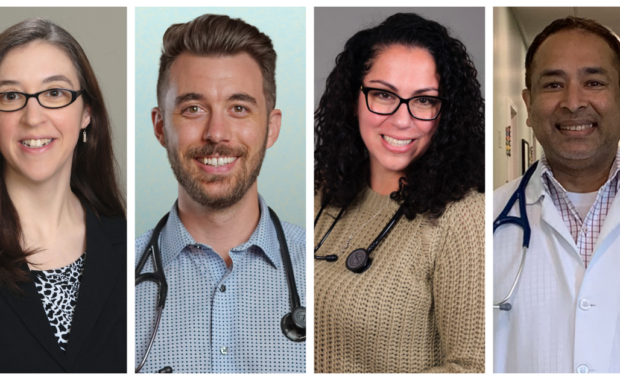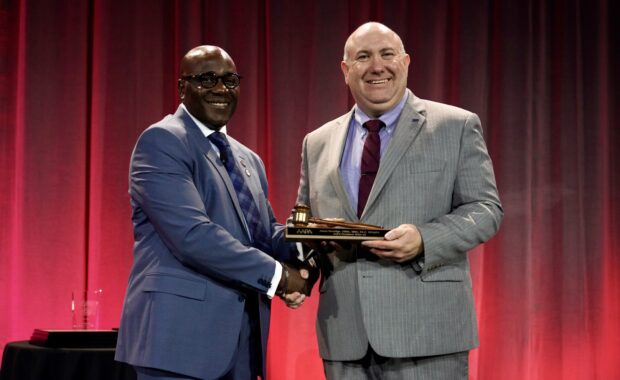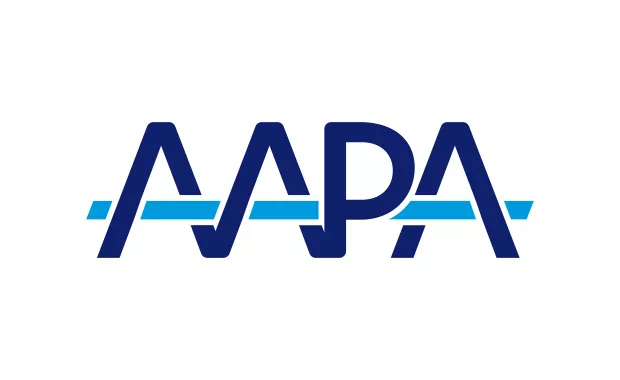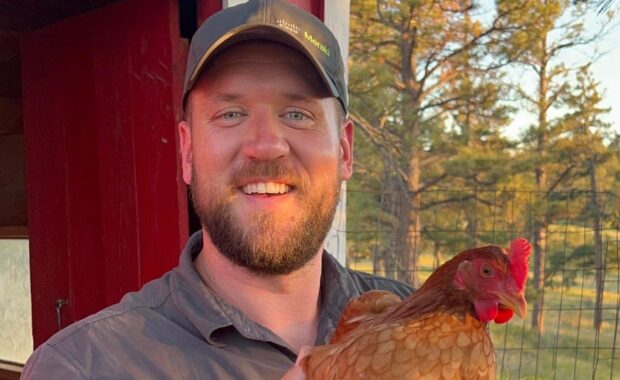Getting Ahead of Burnout: Experts Share Tips for Provider Well-being
Huddle’s Ask Me Session Focuses on Burnout and Clinician Wellness
May 14, 2021
By Divya Williams
Terms like provider burnout and wellness have received increasing attention, and it’s clear that burnout is a serious issue affecting all providers, including PAs. Given AAPA’s dedication to addressing PA burnout, AAPA’s Huddle, the members-only community where PAs and PA students can discuss, network, and collaborate, hosted an Ask Me session on PA burnout and clinician wellness. Experts in the field, Eric Tetzlaff, PA-C, DFAAPA, and Susan Kopynec, MPAS, PA-C Emeritus, DFAAPA, hosted the session and answered questions from participants.
[Focus on your well-being and protect against burnout]
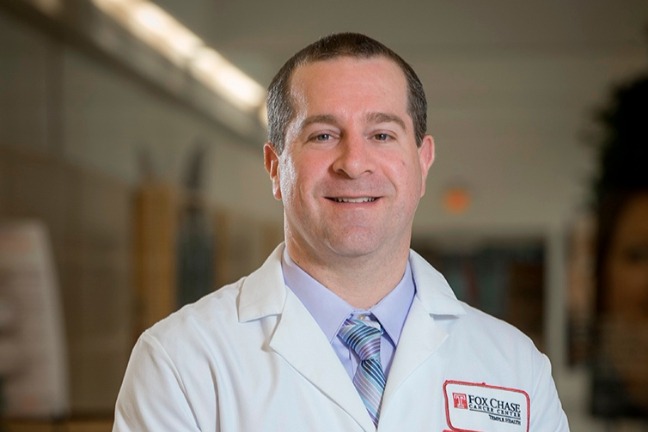
Tetzlaff began his career in oncology at the M.D. Anderson Cancer Center in Texas. For the last 10 years, he has practiced at the Fox Chase Cancer Center in the department of hematology and oncology where he focuses on the clinical care of patients with sarcomas and gastrointestinal cancers. Tetzlaff has conducted studies related to burnout among the PA workforce, and also currently serves as chair of AAPA’s task force on PA burnout (of which Kopynec is also a member) created by the AAPA Board of Directors. Kopynec, a PA for 33 years, has served in many roles, both as provider and administrator (and sometimes both at the same time). Her own experience with burnout and interest in improving the well-being of her colleagues and other medical professionals led Kopynec to her current position as Director of The Foundation of FirstHealth’s Center for Provider Wellbeing – an innovative program in North Carolina addressing the concerns of provider resilience and burnout.
Here’s a peek at insights Tetzlaff and Kopynec shared in the Ask Me session. To read the full discussion, head to Huddle.
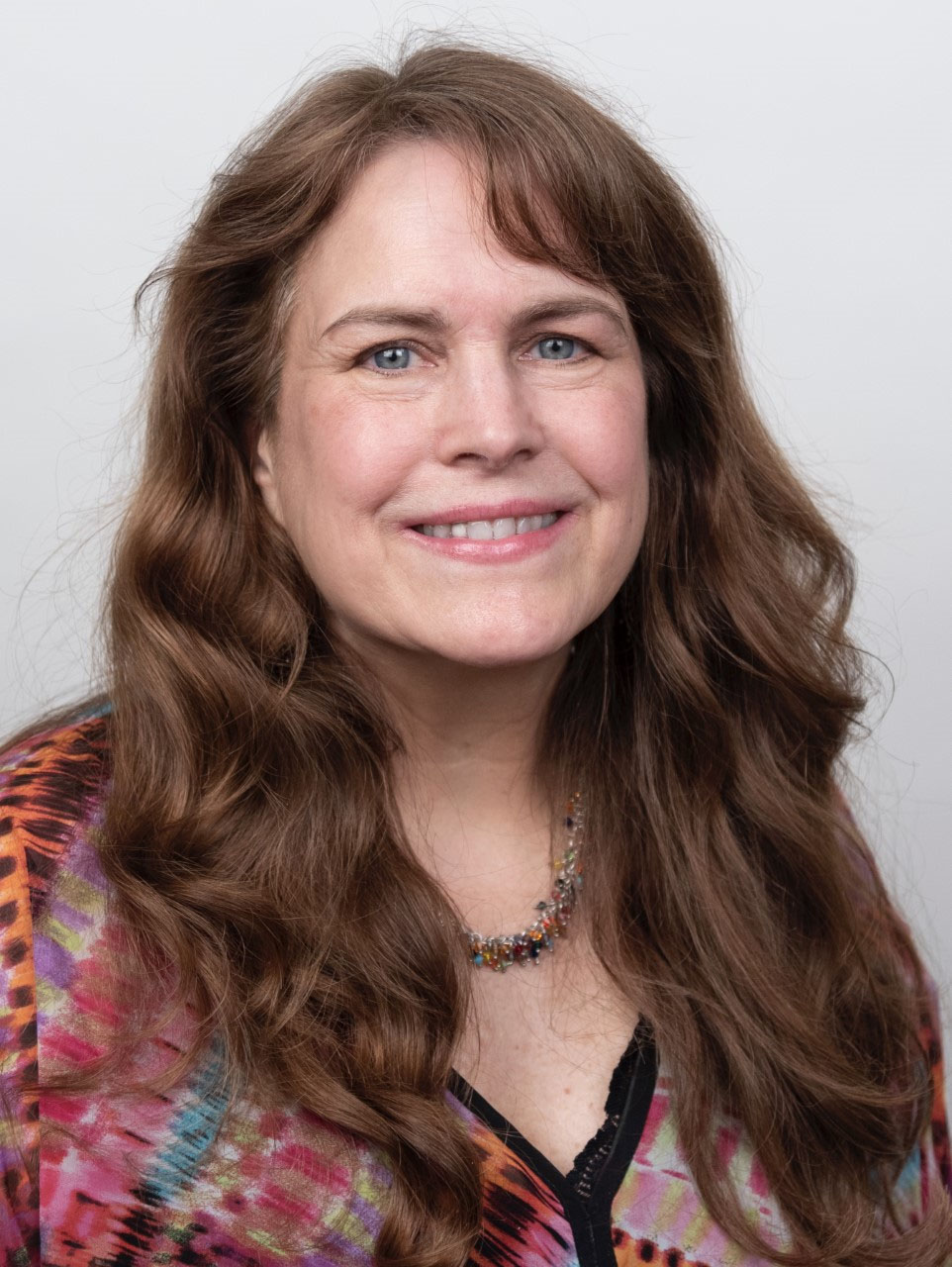
Take a minute for yourself
Both Tetzlaff and Kopynec repeatedly emphasized the importance of taking time for self-care. “The time that we take to focus on our personal well-being will go a long way in making us better providers and likely more efficient, productive and provide better quality care for our patients,” says Tetzlaff. More specifically, for PAs on their feet for extended periods of time, stretching alone can help PAs better focus. “Brief periods of time for stretching during our workday can allow for relaxation and refocusing,” says Kopynec. “For those PAs spending long hours in the O.R., a 2017 multi-center cohort study involving surgeons shows “Micro Breaks” with targeted stretching reduced pain, enhanced performance, and increased mental focus without extending operative time.”
[Provider Burnout: Prioritizing Self-Care to Strengthen Patient Care]
Some of the tips shared, Kopynec admits, might seem obvious but still should not be overlooked. “Most of these tips are things we already know but tend to discount. We are worth making time for our own needs to be met, to be able to appropriately and effectively care for our patients,” Kopynec shares. “I learned this the hard way by not taking breaks when working in emergency medicine…leading to burnout and my current interest in this phenomenon.”
Make mindfulness a routine
The pair also share advice for prioritizing self-care and some mindfulness techniques to help maintain that care. “Mindfulness interventions attempt to help a person free themselves from self-judgmental feelings and self-controlling tendencies and enable the person to appreciate the present-moment experience without judgment,” says Tetzlaff. Paying attention to breathing, sound, and body sensations are examples of these mindfulness-based interventions.
When it comes to getting through long shifts, Kopynec offers quick and simple solutions that may help providers maintain their energy levels. “Recognizing the value in our self-care is the first step, and then incorporating even brief periods of time to practice mindfulness will be helpful,” Kopynec says. One-minute breathing or other mindfulness apps offer a simple solution; there are a large number available, according to Kopynec.
Tetzlaff’s app of choice? “I really like Headspace. They offer a free trial as well as a subscription service,” he shares. “Headspace offers guided meditation in short, themed sessions that are perfect for taking a few minutes during a shift to help with mindfulness. Having said that, it is often easier to use the app in the morning or before a shift when you are less distracted. Mostly it’s just really important to make it a regular routine. Mindfulness is a skill that takes time to learn and you will continue to get better and better with time,” Tetzlaff says.
Don’t wait to take preventative measures
“With the recognition burnout is getting, the contributing systems issues will improve but it remains up to each of us to choose to care for ourselves in the best way we know,” shares Kopynec, who cautions against waiting until it’s too late to begin prioritizing self-care. If they wait too long, providers may decide to go elsewhere. “As PAs, with our flexibility, that may mean a different area of medicine altogether,” Kopynec says. “That’s what I chose when I didn’t value myself enough to care for me and began dreading going to work.” Kopynec also says that several physicians she worked with chose to do the same and found other ways to practice medicine that valued their training without having to go back to do another residency. “Had we treated our own needs as a priority, we likely would never have left.”
Assess potential work environments
When asked for recommendations on assessing the role for factors/job mismatches that contribute to burnout, both Tetzlaff and Kopynec encourage PAs to inquire about any concerns early on in the process.
“When interviewing for a position, one should try and understand how the new position aligns with where a person finds meaning in work,” says Tetzlaff. “Personally, I think meaning in work is one of the most important aspects of a position but in many ways one of the harder things to concretely define.” Tetzlaff also offers a few examples as to what to watch out for. “Concrete red flags for mismatches would be positions in which there is a lack of control over one’s position, unrealistic productivity expectations, lack of support from the collaborating physician, practice inefficiencies, and excessive time spent on activities that could be done by non APPs/MDs.”
Kopynec also emphasizes the importance of asking about what matters to you in order to get a good idea of expectations, and whether they align with your goals. “If we take good care of ourselves by finding a workplace where we are valued and supported, doing work we truly find enjoying and challenging, and have needed personal time, research has proven that we will be more engaged and patient satisfaction rates are improved,” Kopynec says. “A win-win.”
Editor’s note: This article originally appeared in December 2019.
More resources
Provider Burnout and the Risk of Malpractice
Strategies for PAs to Prevent Burnout (Members-Only)
Divya Williams is an associate in AAPA’s Communications Department. Contact her at [email protected].
Thank you for reading AAPA’s News Central
You have 2 articles left this month. Create a free account to read more stories, or become a member for more access to exclusive benefits! Already have an account? Log in.
